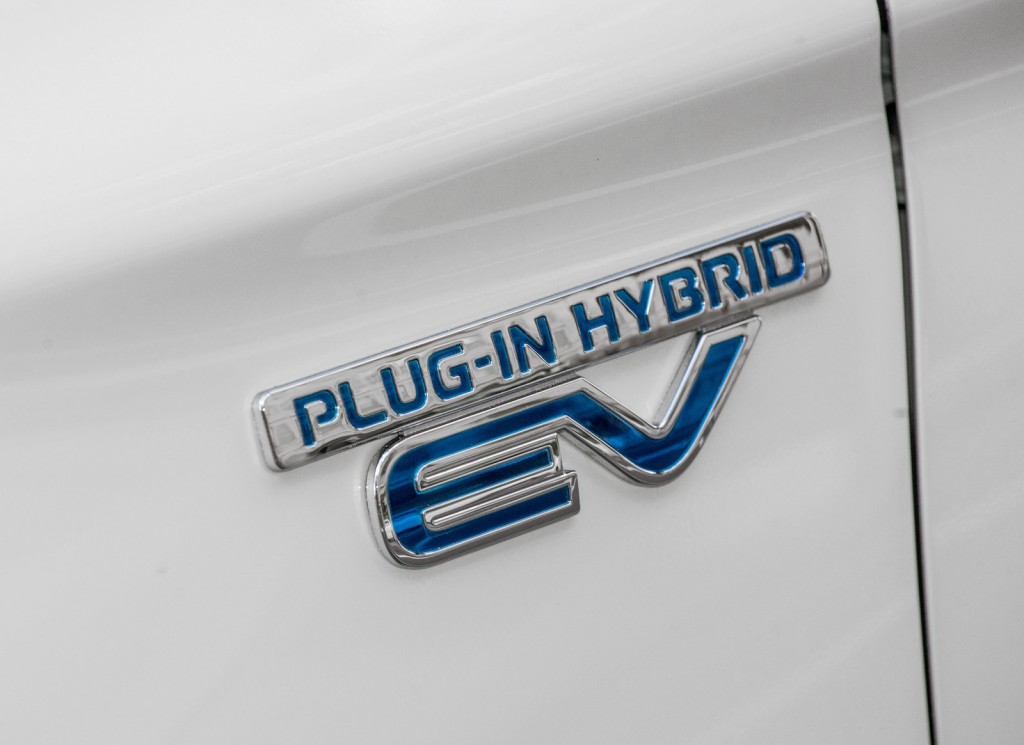Mitsubishi was a fairly early adopter of plug-in hybrids, but lost the lead to other automakers. Now it appears the company is looking to make up ground.
On Monday the automaker said it will launch a robust electrified-vehicle push—centering on plug-in hybrids.
This is part of a broader plan to make electrified vehicles—including hybrids, plug-in hybrids, and all-electric cars—50% of global sales by 2030, reduce carbon emissions from new cars by 40% from fiscal-year 2010 levels by that year, and achieve net-zero carbon emissions by 2050.
Mitsubishi didn't discuss a timeline for launching new plug-in hybrids, but did mention the use of vehicle-to-everything (V2X) technology, which could allow coordinated charging to support the grid. Cars could charge during periods of low demand, and discharge power during periods of higher demand—or during emergencies.
Similarly, Mitsubishi's parent company also recently invested in wireless-charging firm WiTricity, as part of a $34 million funding round for the company.

2018 MItsubishi Outlander PHEV
Mitsubishi has teased plug-in hybrid powertrains in numerous concept cars over the years, but its only production model so far has been the Outlander Plug-In Hybrid, which has racked up over 100,000 sales globally. It went on sale in the United States in 2017—years after Europe and Japan.
Reports that Mitsubishi is integrating electric vehicle systems from Renault and Nissan into its own vehicles date back to 2016, when Nissan bought a 34% stake in the automaker. But so far the brand has no product to show for it.
Mitsubishi will get its own version of the platform underpinning the all-electric Nissan Ariya, and will be able to build future plug-in hybrids on this platform.
Meanwhile, the 2021 Mitsubishi Outlander Plug-In Hybrid is due to get more electric range, ahead of a redesign.












